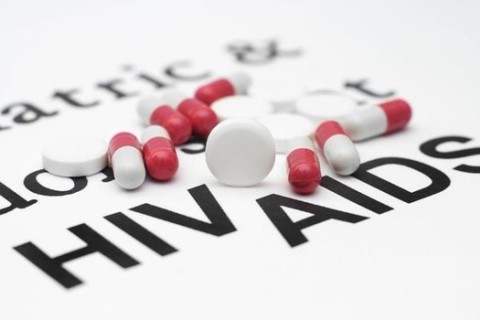A RECENT television news report on hundreds of people flocking to a Lusaka church in pursuit of an AIDS cure almost brought me to tears at the thought of how much ignorance still exists.
The fight against the spread of the human immuno-deficiency virus (HIV) has been raging for almost 30 years and efforts to find a cure may remain elusive but great strides have been made in improving the quality of life for those who test zero-positive.
The fact that there are now many young people born and living with the virus and that there are so many programmes aimed at increasing knowledge about the disease would make you think that we as a people knew better.
While it is a positive thing to turn to God for solutions, I feel it is a bit naïve to believe that you could be cured of a virus that has defeated immunologists for so many years.
Unlike some other viruses, the human body cannot get rid of HIV. That means that once you have HIV, you have it for life. No safe and effective cure for HIV currently exists, although there have been reports of the use of bone marrow transplant and blood transfusions to reduce the presence of the HIV virus in the body but no cure.
HIV affects specific cells of the immune system, called CD4 cells, or T cells. Over time, if left untreated, HIV can destroy so many of these cells that the body can’t fight off infections and disease. However, with proper medical care, HIV can be controlled. Treatment for HIV is called antiretroviral therapy or ART. It involves taking a combination of HIV medicines (called an HIV regimen) every day.
People tend to use the phrase “HIV and AIDS” without understanding that it is two different conditions not one – and because of all the scientific jargon surrounding HIV many medical personnel have opted to simplify the science behind treating the disease, but at a heavy cost.
AIDS stands for acquired immunodeficiency syndrome. It is the final stage of HIV infection, and not everyone who has HIV advances to this stage.
AIDS is the stage of infection that occurs when your immune system is badly damaged and you become vulnerable to opportunistic infections. When the number of your CD4 cells falls below 200 cells per cubic millimetre of blood (200 cells/mm3), you are considered to have progressed to AIDS. (Normal CD4 counts are between 500 and 1,600 cells/mm3.) You can also be diagnosed with AIDS if you develop one or more opportunistic infections, regardless of your CD4 count, and hence the shift in focus to establishing viral load.
Without treatment, people who are diagnosed with AIDS typically survive about 3 years. Once someone has a dangerous opportunistic illness, life expectancy without treatment falls to about 1 year. People with AIDS need medical treatment to prevent death.
“We oversimplify issues around HIV testing, treatment and care,” says International Treatment Preparedness Coalition director Chrisitine Stegling, “We need to get more people on treatment while they are still healthy.”
Ms Stegling was speaking recently at the launch of the “Be Healthy – Know Your Viral Load” campaign in Lusaka last week.
A viral load test is a laboratory test that measures the number of HIV virus particles in a millilitre of blood. These particles are called “copies.” A viral load test helps provide information on your health status and how well antiretroviral therapy ART is controlling the virus.
She pointed out that despite all the efforts that have been made in curbing the spread of HIV and avoiding unnecessary deaths many people still lacked knowledge about the disease.
About 1.4 million people in Zambia are thought to be living with the HIV virus and only half are enrolled onto anti-retroviral therapy which is currently provided for free at all government clinics.
The campaign is aimed at ensuring viral load testing becomes a routine procedure in the treatment of HIV.
This test is an effective way of establishing whether anti-retroviral medication is working or not.
I spoke to the journalist who had produced the report on the “miracle-working” pastor and she confirmed that none of the “cured” patients could verify that they had been cleared of the HIV virus but many of them had felt healthy enough to quit the life-saving anti-retroviral drugs.
There were no HIV test results to confirm the cures, but still people flock to churches, witchdoctors and some alternative health facilities in search of a cure.
Choosing to go against conventional thinking and out rightly rejecting free treatment leaves me wondering if indeed some of these people are looking for healing or just a faster route to the cemetery.
I know that no single individual undertakes HIV testing without counselling and so whether the result be positive or negative, one is equipped with knowledge on exactly what the virus is and how to prevent infection or live with the virus, so why seek miracle cures?
I think we need to be more open about the treatment of HIV and allow people to share their experiences on how they are coping and obviously this is where the media should work a little harder.
There is no cure for HIV, yet, and until such a time always seek proper medical advice.
Contact: [email protected] 0211-227793/221364.
zambiadailymail

 JOIN DRIVERN TAXI AS PARTNER DRIVER TODAY!
JOIN DRIVERN TAXI AS PARTNER DRIVER TODAY!











